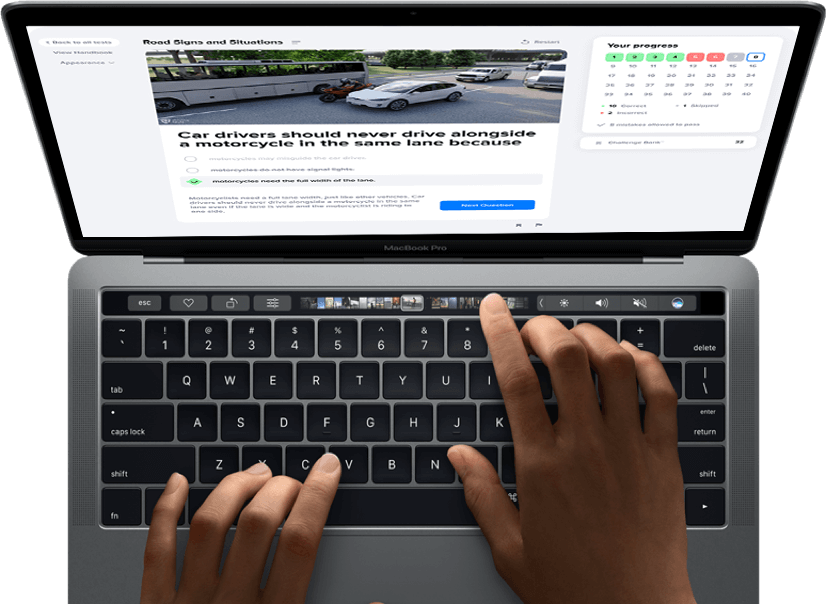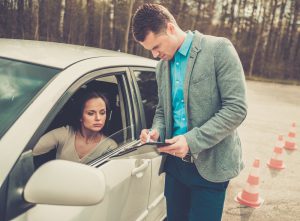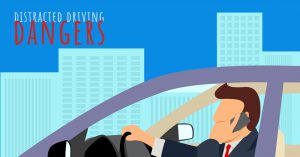Contents
Car accidents are scary, and it’s easy to panic, but being prepared can help you and those involved, remain calm. These eight important steps on what to do after a car accident are crucial in making sure you remain safe, know what information you need to gather from the scene, and making sure you are prepared for any next steps after the accident.
You’re reading one of our “Beginner Driver’s Guide” articles. Need to practice for your upcoming exam? Take our free sample driving test – no registration required! ✨
- 1
Stop Your Vehicle and Move to Safety
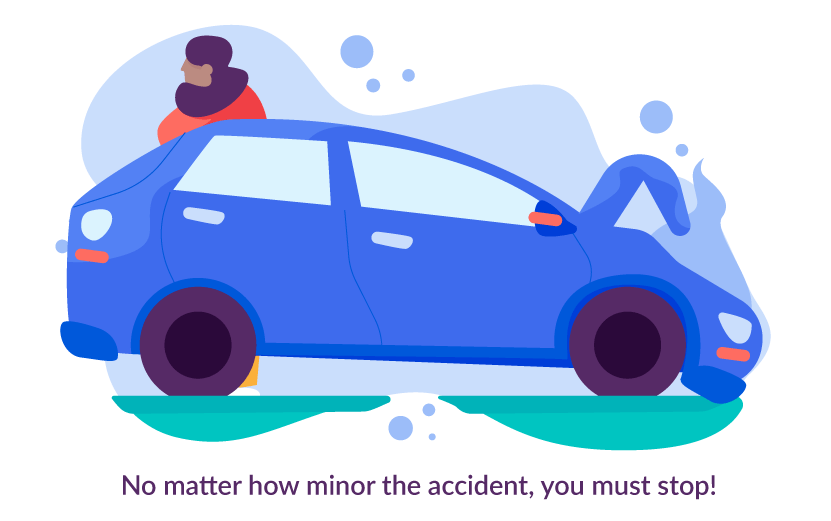
If the car accident was minor enough, the first thing you should do is move the vehicles out of the flow of traffic and off to the side or to the safest place nearby. If moving the cars is not possible, turn off your car, put on the hazard lights, use any safety cones or warning triangles if you have them, and exit your vehicle.
- 2
Call the Police
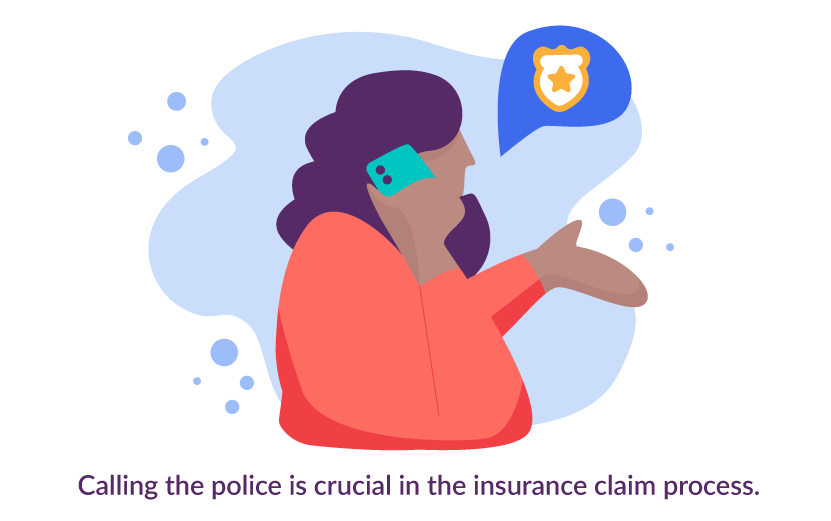
Alert the authorities immediately, even if the accident is minor. This is the most important legal step you can take in order for proper insurance claims to be made, and to help establish who was at fault. Calling police authorities will also help build an official record of the accident.
- 3
Take Photos

Taking images of the accident scene, vehicle damage, and bodily injuries can be useful information for insurance claims and police reports. Be sure to do this as quickly after the accident as possible.
- 4
Gather Driver and Witness Information

Exchanging and collecting other drivers’ information will help in the claim process, as well. It is important that you do not sign anything unless it is for the police or your insurance agent.

- 5
Cooperate with Emergency Personnel
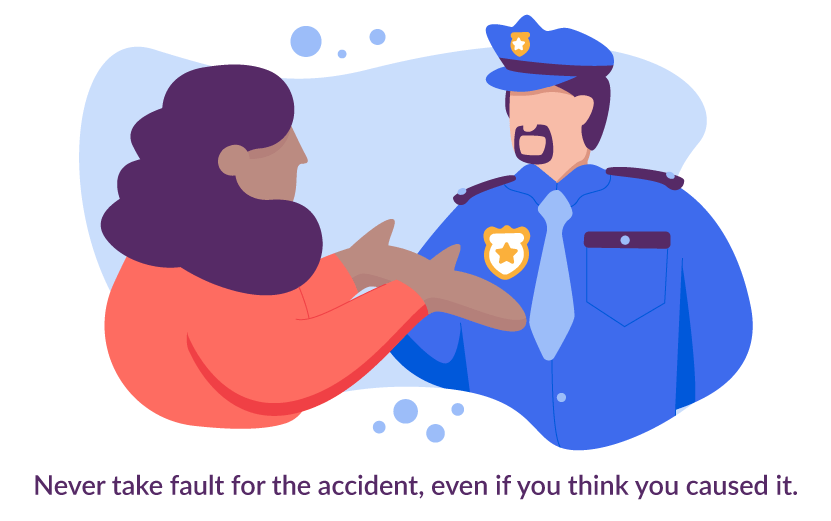
Be polite, but never take fault for causing the accident, even if you think it might be. This will be decided between insurance agents, so you don’t want to tip anyone off before a claim is made. The officer may speak to any witnesses first, to try and establish who may be at fault and what caused the accident. He or she will then take statements from the drivers of the vehicles involved in the accident.
Depending on the circumstances, the officer may conduct a sobriety test, issue a traffic ticket or citation, or may need to call or assist in roadside cleanup or traffic directing.
- 6
Get Roadside Assistance
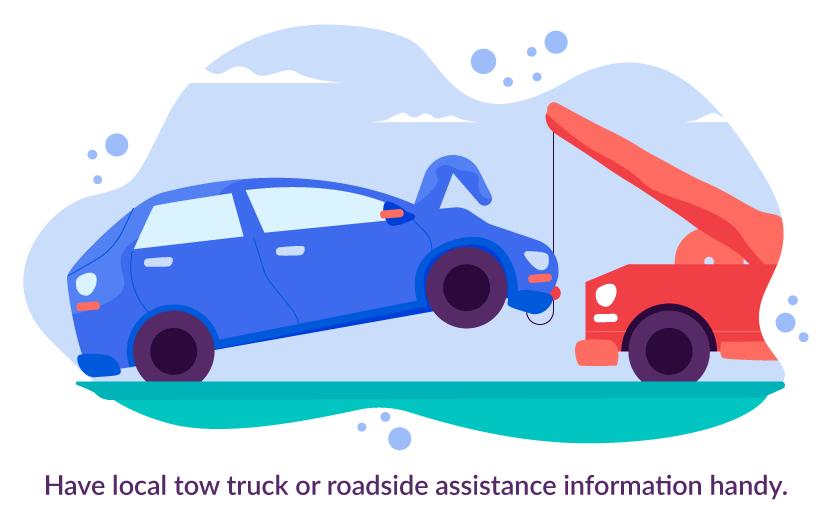
If your car is too damaged to be driven, you will need to call for roadside assistance. You can call a local tow truck company or another roadside assistance or insurance agency like AAA or Progressive. If you don’t have access to any roadside assistance options, you can ask the office to assist you before he leaves the scene.
- 7
File A Claim with Your Insurance

As soon as possible, you’ll need to start the claim process with your insurance company, this can be done while at the accident scene, and is beneficial to do so. Some states are “no-fault” states, which means that in an accident, your insurance will cover you up to specified limit for personal injury, car damage, and related claims. These compensations vary depending on where you live.
- 8
Seek Medical Attention

If you’ve been injured in the accident, seek medical attention immediately. Severe accidents are cause for an ambulance on scene, but in minor cases, you can decide if your discomfort calls for a trip to the doctor or chiropractor.
- 9
Bonus! Create a Car Safety Kit
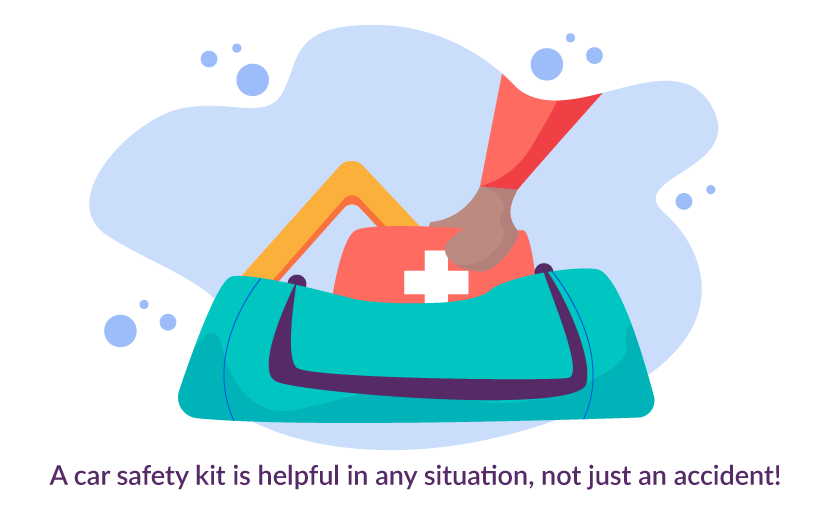
Keeping a first-aid safety kit in your car is a great way to be prepared for anything that could happen when you’re on the road. If not for your own safety, it is a good thing to have for your passengers or for assisting others that may need it.
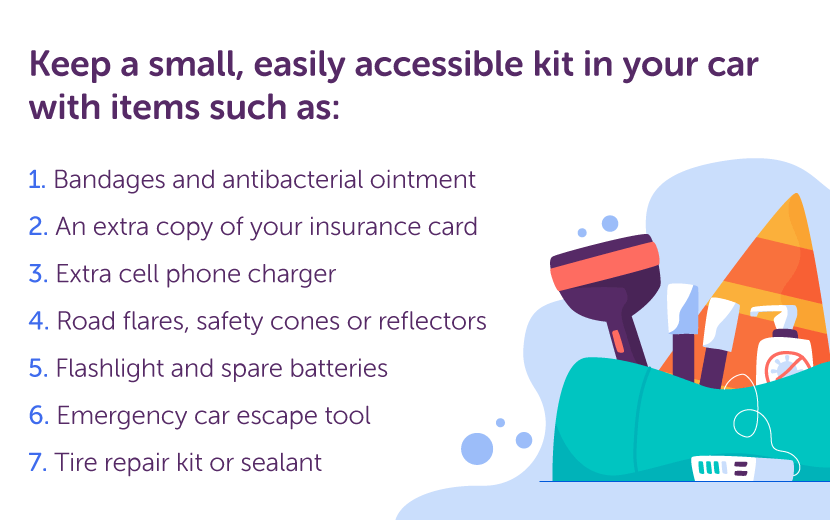
Conclusion
No one ever expects to find themself in a car accident, or having to deal with the repercussions that follow, but being prepared is an invaluable precaution. By following the steps above, you will have all the information you need to get through it.
Free DMV Practice Tests
- Alabama
- Alaska
- Arizona
- Arkansas
- California
- Colorado
- Connecticut
- Delaware
- District of Columbia
- Florida
- Georgia
- Hawaii
- Idaho
- Illinois
- Indiana
- Iowa
- Kansas
- Kentucky
- Louisiana
- Maine
- Maryland
- Massachusetts
- Michigan
- Minnesota
- Mississippi
- Missouri
- Montana
- Nebraska
- Nevada
- New Hampshire
- New Jersey
- New Mexico
- New York
- North Carolina
- North Dakota
- Ohio
- Oklahoma
- Oregon
- Pennsylvania
- Rhode Island
- South Carolina
- South Dakota
- Tennessee
- Texas
- Utah
- Vermont
- Virginia
- Washington
- West Virginia
- Wisconsin
- Wyoming

